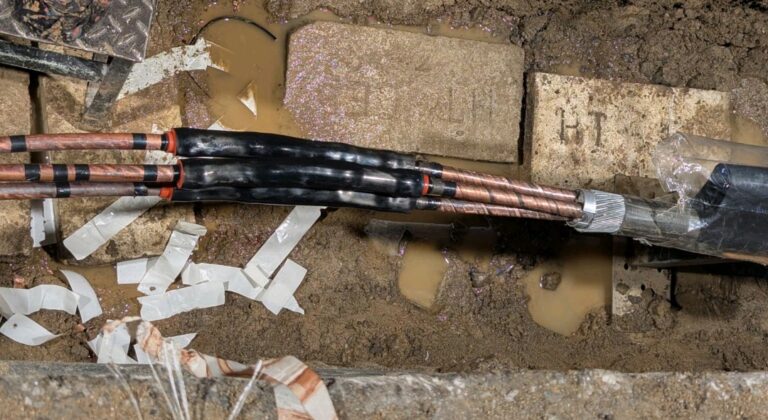DMT (Definite Minimum Time) and IDMT (Inverse Definite Minimum Time) are types of overcurrent protection relays.
Here’s a detailed explanation with examples:-
DMT (Definite Minimum Time) Relay:–
Operates after a fixed time delay (e.g., 200ms) if the current exceeds a set value (e.g., 100A)- Trip time is constant, regardless of fault current magnitude-
Example: – Setting: DMT relay set to trip at 200ms for any current above 100A – Fault current: 150A – Trip time: 200ms (constant) – Fault current: 300A – Trip time: 200ms (constant)
IDMT (Inverse Definite Minimum Time) Relay:-
Operates after a time delay that decreases as the fault current increases- Trip time is inversely proportional to the fault current magnitude-
Example: – Setting: IDMT relay set to trip at 100ms for any current above 500A – Fault current: 550A – Trip time: 100ms – Fault current: 750A – Trip time: 50ms (decreases as fault current increases)
In summary:- DMT relay trips after a fixed time delay, regardless of fault current magnitude- IDMT relay trips after a time delay that decreases as the fault current increases
These relays are used in electrical power systems to protect against overcurrent conditions, such as short circuits and overload.
The choice between DMT and IDMT depends on the specific protection requirements and system characteristics.
#relay #electrical
